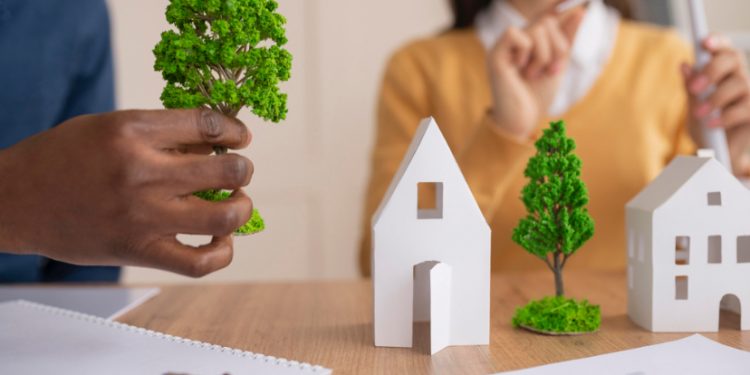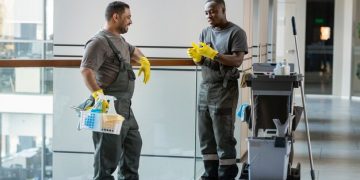Around the world, the construction industry is undergoing a major transformation — one driven by environmental responsibility, smarter materials, and energy efficiency. Among the most significant developments in this movement is the rise of sustainable roofing. No longer an architectural trend or marketing buzzword, eco-friendly roof design has become a core principle of modern construction. From Europe’s green initiatives to North America’s energy-efficient building codes, roofing is now at the center of a global push toward sustainability.
In markets such as Colorado Springs roofing, where fluctuating temperatures, hail, and intense sunlight challenge durability and energy management, sustainable materials are proving their worth. What’s being pioneered in local environments like these is contributing to the international evolution of roofing — an industry now balancing environmental impact, performance, and aesthetics like never before.From Protection to Performance
Historically, the primary function of a roof was simple: to protect a structure from rain, snow, and sun. Today, that expectation has evolved. A roof must not only shield but also perform — helping regulate interior climate, conserve energy, and contribute to the overall sustainability of a building.
The modern sustainable roof is a multitasker. It reflects sunlight to reduce cooling costs, insulates efficiently to minimize heating needs, and often incorporates renewable materials or energy-generating technology. Whether it’s a single-family home in the U.S. or a commercial complex in Europe, roofing systems are being re-engineered to actively improve environmental performance rather than passively resist the elements.Materials That Make a Difference
The foundation of sustainable roofing lies in material innovation. Traditional asphalt shingles, while affordable, are among the least sustainable roofing products — often ending up in landfills and requiring frequent replacement. In contrast, modern alternatives such as metal, recycled composite, and clay tile roofs can last decades longer and are fully recyclable at the end of their lifespan.
Metal roofing has gained significant traction due to its ability to reflect solar heat and its longevity — often lasting 50 years or more. Similarly, cool roof membranes made from reflective materials can reduce a building’s surface temperature by up to 50°F during summer months, lowering air-conditioning costs and helping to combat urban heat islands.
Recycled shingles, made from rubber, plastics, or reclaimed wood, are also gaining global popularity. These products mimic the appearance of traditional roofing while dramatically reducing waste. Some even come with carbon-neutral manufacturing processes, signaling how sustainability has evolved from a design consideration into a production philosophy.The Rise of Green and Solar Roofs
One of the most visually striking trends in sustainable roofing is the green roof, a system covered with vegetation that helps regulate building temperature, absorb rainwater, and improve air quality. Cities like Toronto, London, and Singapore have embraced this technology, integrating it into urban planning to offset carbon emissions and provide natural insulation.
Solar integration is another major advancement shaping the global conversation around roofing sustainability. Once limited to rooftop panels bolted onto existing structures, today’s systems blend directly into the roof design. Solar shingles, integrated photovoltaics (PV), and hybrid materials allow homeowners and businesses to generate renewable power without compromising aesthetics.
In sun-rich regions — including high-altitude cities such as Colorado Springs — roofing designs that merge durability with solar readiness are setting new performance standards. These innovations show that sustainability isn’t just compatible with functionality; it enhances it.Global Shifts in Building Codes and Standards
Governments and construction authorities across the globe are accelerating the move toward sustainable roofing through updated building codes and incentives. In the European Union, for example, directives require that all new buildings meet near-zero energy standards by 2030. In the U.S., initiatives like Energy Star Roofing and LEED certification have made sustainability a measurable component of construction quality.
This growing framework ensures that eco-friendly roofs aren’t just a niche option — they’re fast becoming the global benchmark for responsible building.The Economic and Environmental ROI
While sustainable roofing materials may carry higher upfront costs, they deliver measurable long-term returns. Energy savings, extended lifespans, and reduced roof maintenance all contribute to lower ownership costs. Meanwhile, the environmental ROI — reduced carbon emissions, landfill diversion, and improved air quality — adds value not only to the homeowner but to the planet.The Future Is Built Above Us
The shift toward sustainable roofing represents more than a construction trend — it’s a collective acknowledgment that environmental health and human comfort are intertwined. Roofs are evolving from passive protectors into active participants in global sustainability.
From the skyscrapers of London to the mountain homes of Colorado, roofing is being redefined by innovation, purpose, and environmental stewardship. The future of construction quite literally lies above us — in roofs that conserve, create, and sustain.









